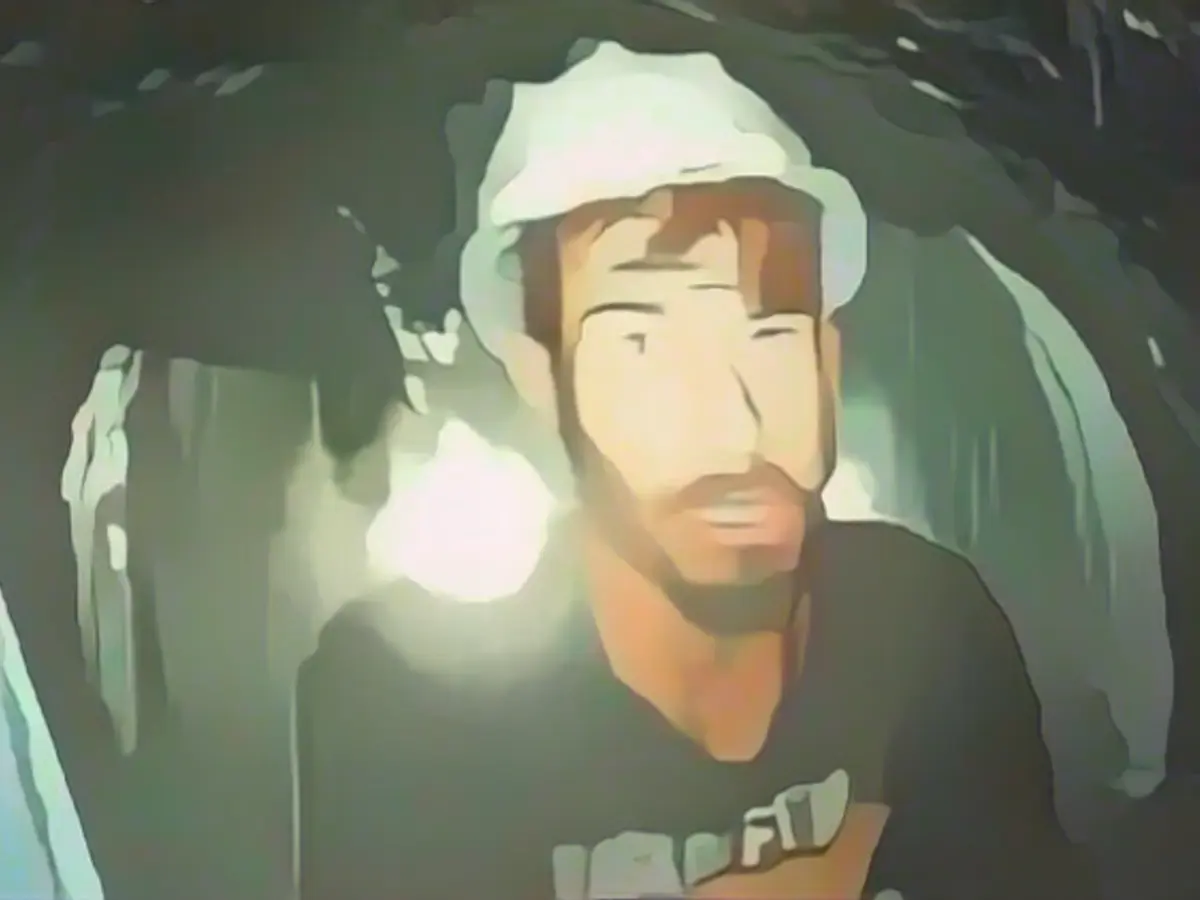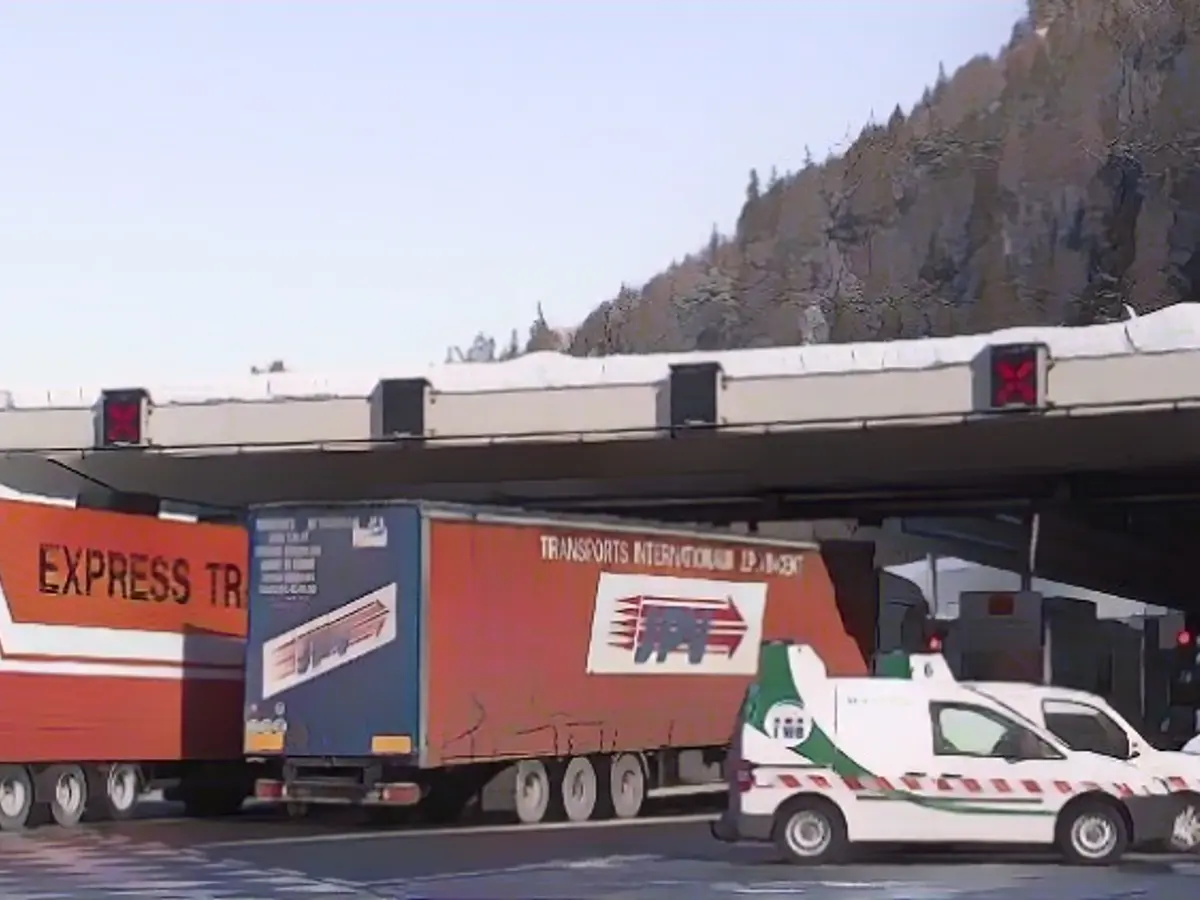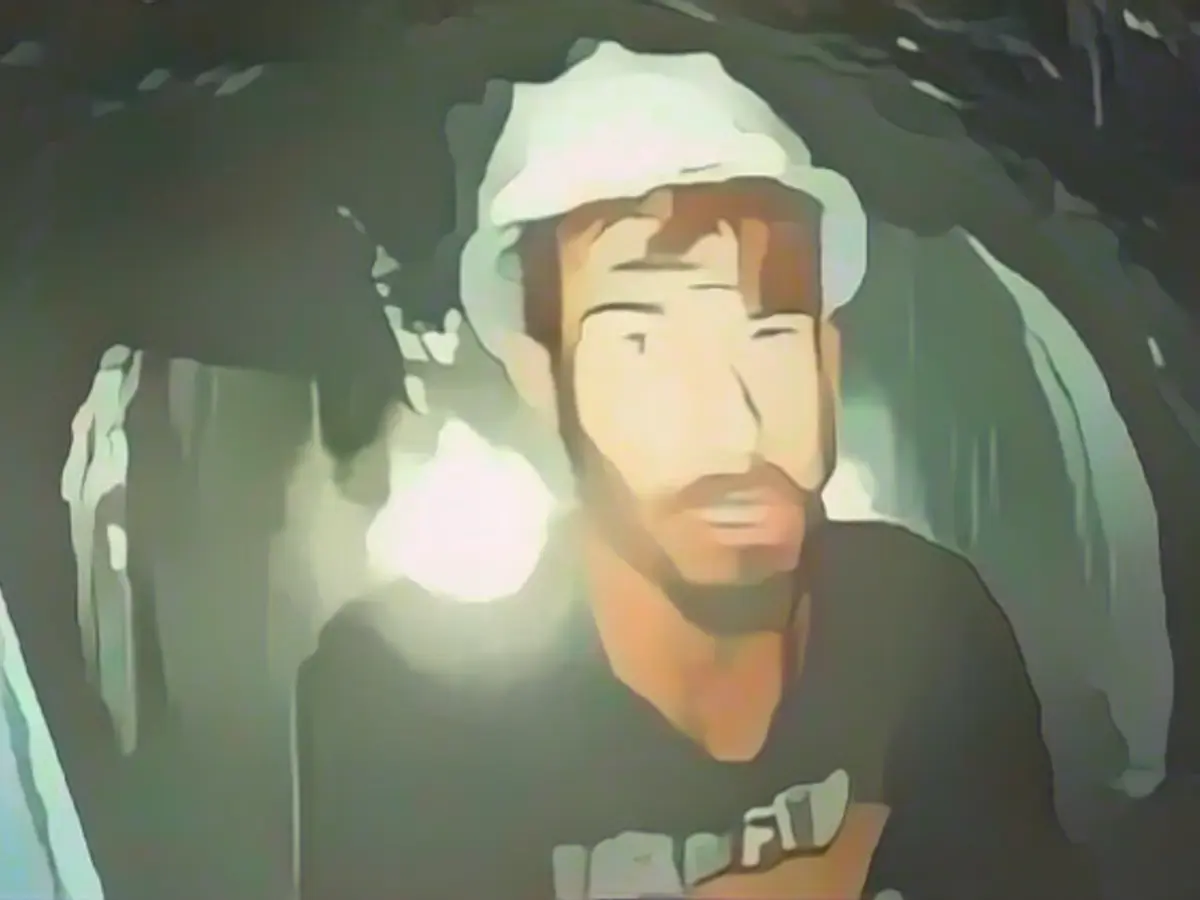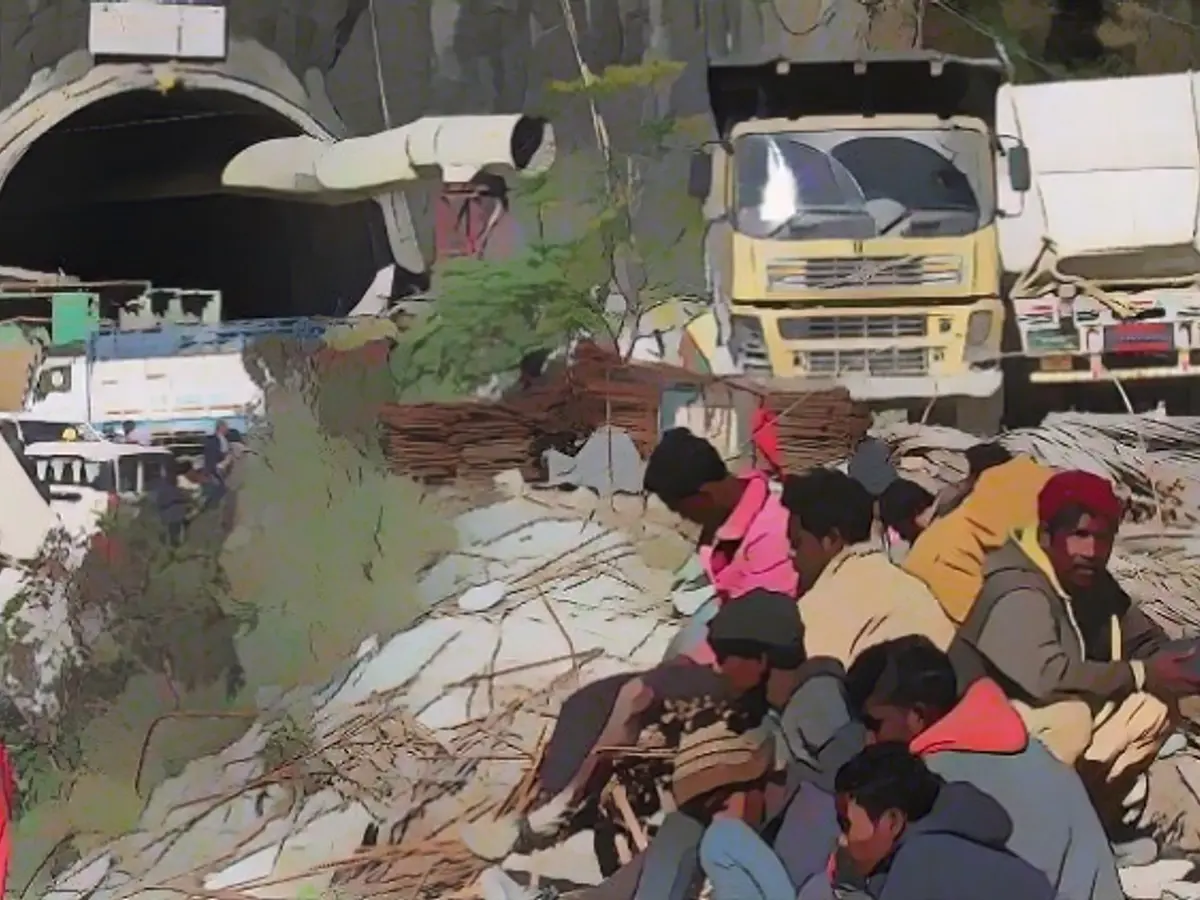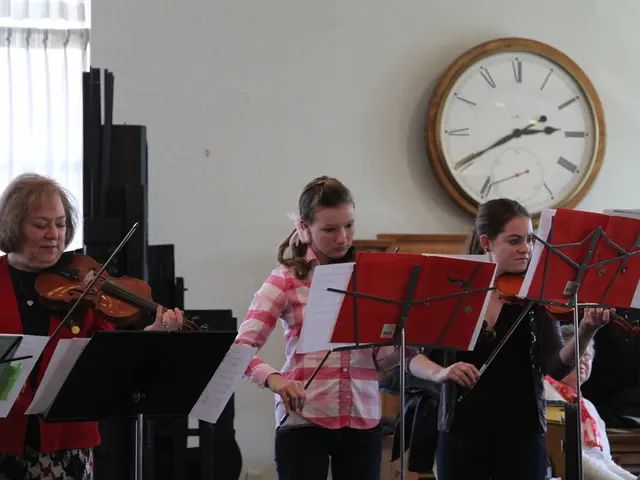Construction Workers Trapped in Tunnel's Grasp, Army to the Rescue
Two weeks have passed since India trembled with fear for 41 construction workers trapped in a cave-in tunnel. In their quest for a breakthrough, rescue teams encountered numerous hurdles. Their spirits dampened after a setback, they now welcome aid from the Indian army.
Last Sunday, the Indian Air Force dispatched its third load of specialized equipment to the remote, mountainous area in northern India. The lifeline for the entombed workers. The army lent resources to the rescue mission in response to the request for a superheated steam plasma cutter.
The mission faced obstacles once more on Friday. The grand drill struck thick metal beams amidst the rubble, just before reaching the laborers. The plasma cutter will extricate the damaged drill and the metal girders, after which excavation will resume by hand.
The tunnel collapsing on November 12 in the Indian Himalayan state of Uttarakhand, has left the trapped 41 workers with limited resources. Yet, their spirits remain palpable. Oxygen, water, food, and medication are supplied via an 15-centimeter-thick pipe. Radio communication enables contact with the trapped, following which an endoscope camera was deployed to assess their condition. Authorities shared the video on Tuesday, revealing an exhausted but healthy group of men.
Despite these setbacks, rescuers devise strategies to reach the construction workers from various angles. An excavator on the hillside above the tunnel aims to drill a 90-meter-deep shaft, posing complex and dangerous tasks for those above the 41 workers. Concurrent efforts are also underway to excavate a rescue shaft from the tunnel's other end, which, at 480 meters, promises a lengthier route.
Worldwide, the community has rallied to support India in this crisis. Multiple countries offer assistance and technical expertise. The plasma cutter, for instance, was flown in from Germany. The tunnel's geographic location near Nepal's border, complicates rescue efforts. Requiring the construction of makeshift bridges and temporary tunnels.
Enrichment Data Integrated:
In collaboration with different international organizations such as ONGC, SJVNL, RVNL, NHIDCL, and THDCL, the rescue operation continues to benefit from a shared skillset and specialized technological tools. With the introduction of the German-provided plasma cutter, the lifesaving mission can now bypass the broken drill and proceed, more safely, to manually drill the remaining 25 meters of auger, stuck within the tunnel. The advanced plasma cutter boasts its ability to cut through metal and debris with preciseness, a crucial advantage in confined spaces, like the tunnel, where missteps may result in setbacks.
Aside from the enhanced safety measures and precision cutting capabilities, the plasma cutter also boosts cohesion between several rescue teams, potentially reducing the overall duration of the mission. International expertise, too, strengthens the rescue strategy, providing unparalleled tunnel engineering knowledge. With a renowned expert like Arnold Dix spearheading the mission, hope and focus remain, instilling determination in both the trapped workers and their families.
